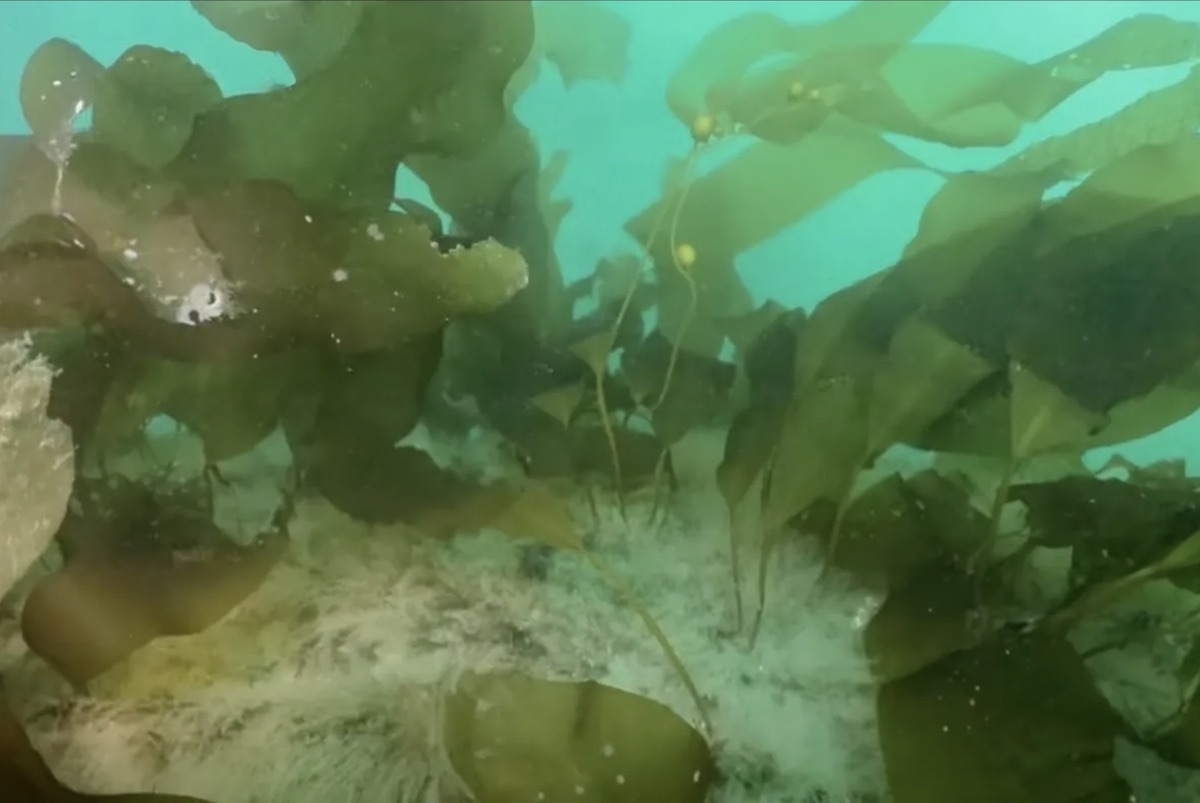Goleta’s New Sea Caves Now Teeming with Life
Santa Barbara–Based Nonprofit Fish Reef Project’s Kelp Forest Restoration Off to Good Start

After only three and a half months, the concrete caves on the ocean floor offshore of Goleta Beach are now overgrown with new life — featuring young giant kelp, algae, fish, and spider crabs.

The huge concrete domes were put there by the Fish Reef Project back in March to create the foundation for a new kelp forest and artificial reef system.
It was the realization of a long-held dream and 12 years of hard work by the Santa Barbara–based nonprofit, aiming to replenish depleted underwater habitats on the Central Coast and around the world. The caves’ deployment marked the official beginning of the Fish Reef Project’s five-year Goleta Kelp Reef Restoration Project.
“Goleta Kelp Reef grew substantially more giant kelp and much faster than expected,” said Fish Reef founder Chris Goldblatt. “Just three months in, the sea caves are covered in healthy brown algae including Macrocystis pyrifera. This success gives rise to the real potential for the Fish Reef Project to expand the project and restore our entire historic kelp forest” that used to stretch from El Capitan to Rincon Point.
Designed with flat surfaces for kelp holdfasts and inner chambers for fish habitat, the concrete structures create a dynamic cave system for fish to populate and reproduce. After a few years, Goldblatt believes the caves will look and act entirely natural, with the potential to support giant kelp growth and their fishy residents for up to 500 years.











You must be logged in to post a comment.